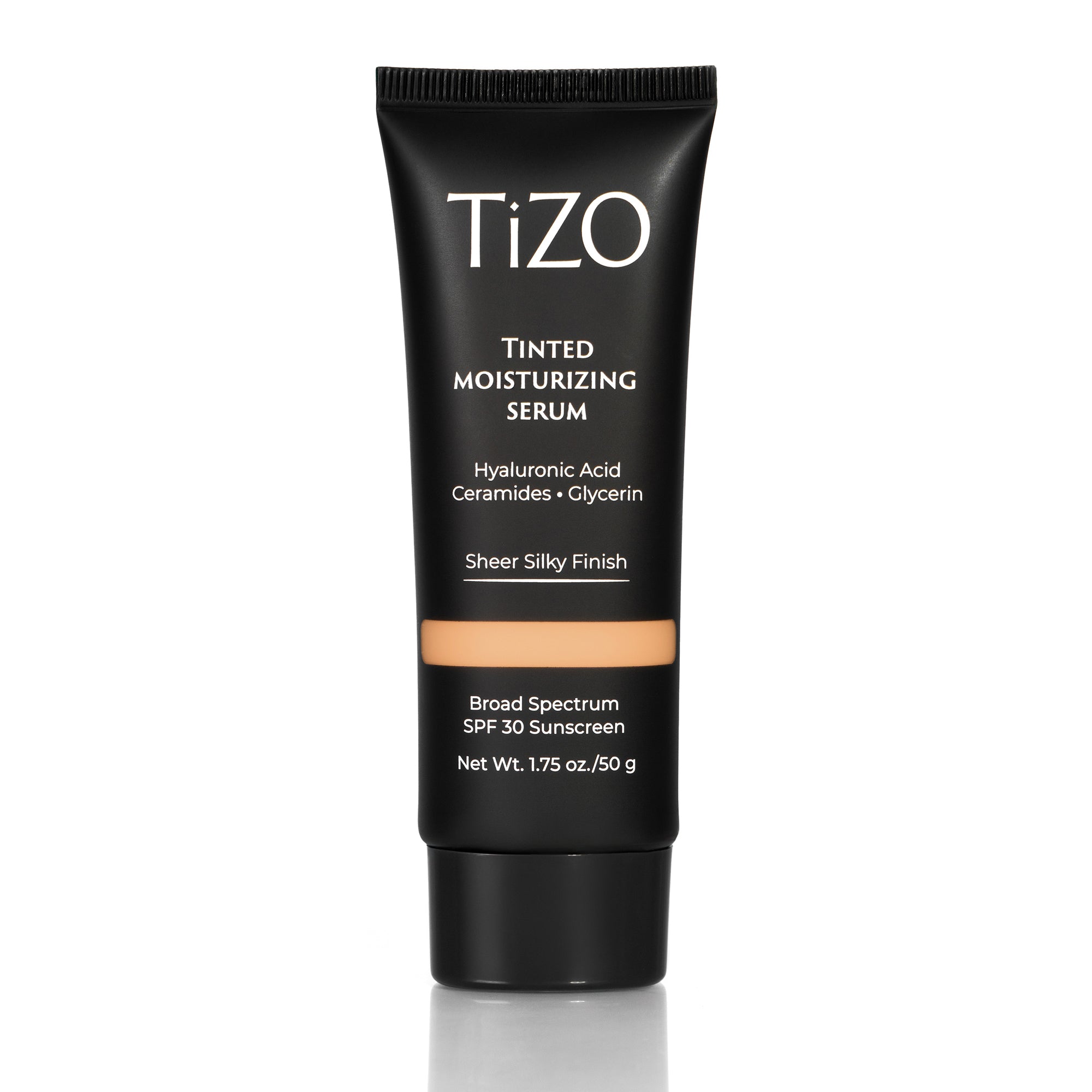Photosensitivity: What You Need to Know
You may have sensitive skin, or have experienced sensitivity to a skin product, but have you heard of “photosensitivity?” What does that mean and how could it potentially be affecting you?
Photosensitivity, by definition, is a heightened sensitivity to ultraviolet (UV) rays from the sun and other light sources. Everyone is at risk of developing sunburn during long exposure to sunlight, but people who experience photosensitivity are at a much higher risk of developing rashes or burns in milder conditions and even after only limited exposure to the sun. Photosensitivity increases all of the risks normally associated with sun exposure, from sunburn to skin cancer.
Types of photosensitivity
To break it down further, there are two kinds of reactions that can occur due to photosensitivity: phototoxic and photoallergic. The more common of the two is a phototoxic reaction. This occurs when skin containing a photosensitizing agent in a high enough quantity to increase sensitivity to light, including sunlight. This photosensitizing effect can be from a medication you are taking or even an ingredient in a skincare product. A phototoxic reaction will be like an exaggerated sunburn characterized by redness and swelling, followed by increased pigmentation and peeling.
Photoallergic reactions, on the other hand, are uncommon. This occurs when UV rays interact with the ingredients in medicines or other products creating, in essence, an allergy to light. This type of reaction is characterized by immediate hives, or delayed bumpy, scaly, and red skin.
What can make you photosensitive?
Skincare ingredients, medications, and certain diseases and medical conditions can contribute to photosensitivity. For example, some ingredients that can sensitize our skin are included in everyday health and beauty products like perfumes, moisturizing creams, and soaps. They can also be found in over 400 medications ranging from birth control pills to antibiotics to chemotherapy agents and are known to cause photosensitive or photoallergic reactions.
Certain autoimmune diseases such as Lupus can make you photosensitive, as can chemotherapy treatments or post-radiation therapy. Immunosuppressive medications that are required for survival after an organ transplant increase photosensitivity and the risk for skin cancer. In fact, organ transplant patients are 65 times more likely to develop skin cancer than the general population.
If you’re a skincare aficionado, it’s important to know that certain skincare ingredients, such as retinoids and benzoyl peroxide, can contribute to photosensitivity. So can procedures such as post-laser skin resurfacing, chemical peels, microdermabrasion, facials, and cosmetic surgery. So always make sure to protect your skin after undergoing any skincare treatments. Additionally, if you have vitiligo, rosacea, or Atopic dermatitis, you may experience more photosensitivity than those without these skin conditions.
To better understand your risk of photosensitivity:
1. Ask your doctor about any increased risk from medications you take, products you use or conditions you may have.
2. Read the labels and package inserts for your medications, skin care products, and supplements.
Photosensitizing ingredients are nothing to fear but something we should be aware of so we can take the necessary precautions. It may be fair to say that most of us are exposed to some type of photosensitization at some point in our lives. If you are photosensitive (and even if you’re not), it’s definitely worth taking a few extra steps to protect yourself:
1. Make sunscreen a normal part of your morning routine and include reapplication throughout the day, even in the winter! Always make sure you’re using a broad-spectrum sunscreen with an SPF of 30 or higher.
2. Wear a long-sleeved shirt and long pants when possible and even consider wearing a wide-brimmed hat and sunglasses with UV protection. You can also use UV protective clothing!
3. Limit outdoor activity between 10 a.m. and 4 p.m. when the sun is most active and seek shade whenever possible.
https://www.skincancer.org/risk-factors/photosensitivity/



Leave a comment